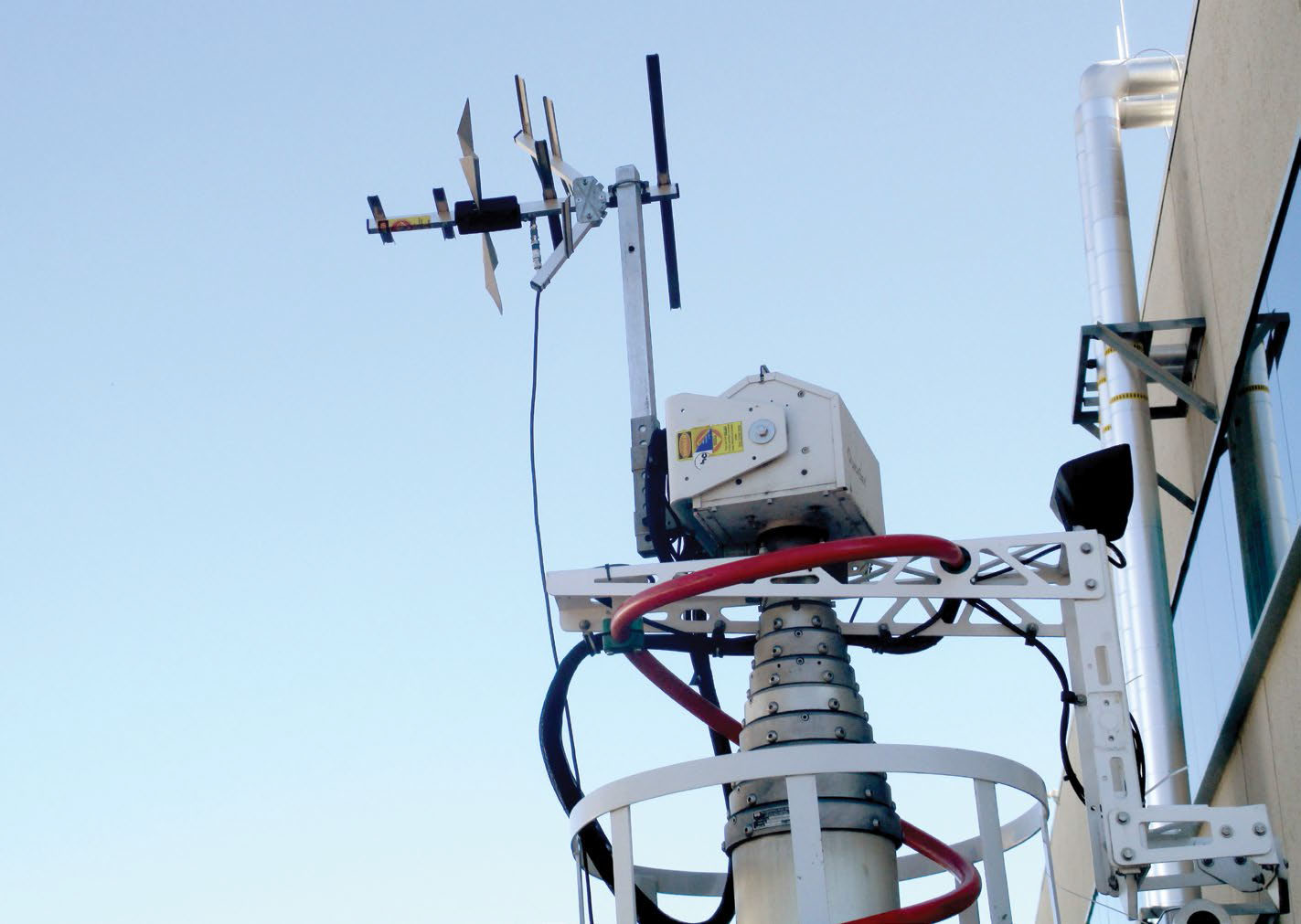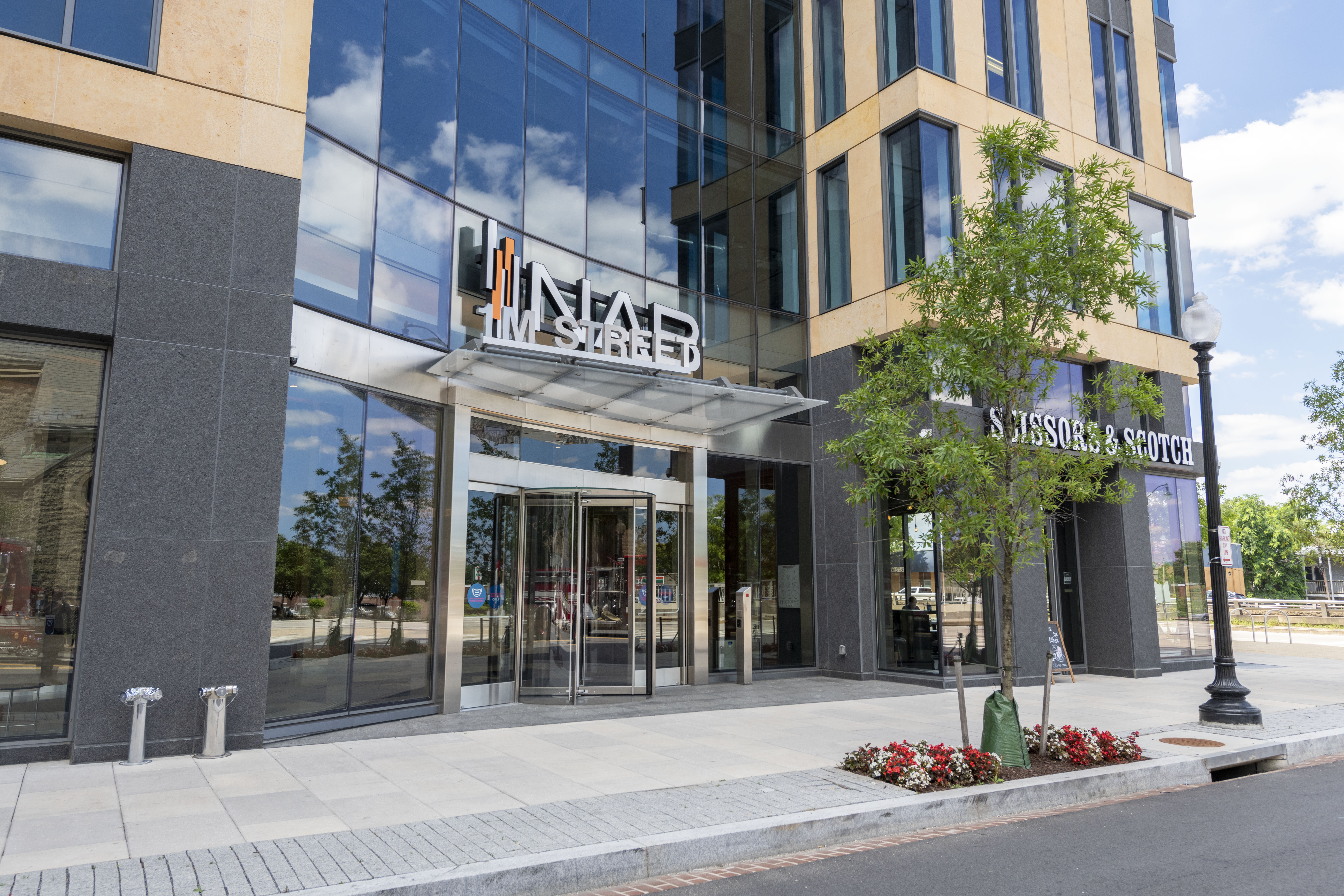Indoor Antennas, Field Measurements Revisited
Readers responded to my article comparing indoor TV antennas—some with questions, some just with comments (Comparing Antennas for Indoor Reception, September 2018). I welcome these as they give me a better understanding of how over-the-air TV works in the real world and the opportunity to share their experiences with other readers.
Reliable VHF reception continues to be a problem and based on recent emails, interference from devices such as LED lamps and even bathroom fans seems to be the most common problem for viewers with indoor antennas.
I also heard from readers having problems with UHF reception. One reader, outside Portland, Ore., was able to get VHF channels but not UHF. There was a small mountain between him and the towers. He’d tried several different rooftop antennas with no luck, but since the performance of consumer TV antennas can vary considerably I could only recommend trying one from a reliable manufacturer that provided real specifications for the antenna (not amplifier) gain.

Another reader who was familiar with propagation of RF signals emailed with his experiences rotating TV antennas to pick up vertically polarized signals. He was able to pick up stations with the vertically polarized receive antenna that could not be received when the TV antenna was horizontally polarized. Polarization shifts on reflection or defraction, so on an obstructed path this was not surprising.
It appears UHF reception isn’t immune to interference. One reader outside Oklahoma City wrote to say sometimes he could get 81 “channels” in a scan but this would drop to 21 “channels” and poor signal at other times. He followed my advice checking for electrical interference but found LTE interference was the real problem. The final solution turned out to be the addition of a “Zenable” LTE filter. Looking at the specs for this filter, I’m surprised it helped as the upper pass frequency of 790 MHz is well above that used for LTE.
For viewers in the United States, the Channel Master LTE filter looks like a better choice, since it rejects signals above 700 MHz. The specs on the Channel Master site are limited (“Frequencies Block 700–2000”). In his September 2016 TV Technology column, Out of Band Interference: Myth or Reality?, Charlie Rhodes measured the performance of that filter, which showed the loss at 740 MHz was 44 dB.
FIELD MEASUREMENT
In December I had a chance to ride along with Gary Sgrignoli and David Lawson from Meintel, Sgrignoli & Wallace LLC (MSW) for some of the 100 measurements they will be doing checking out the performance post-repack facility for San Diego’s NBC O&O KNSD. (These are the precision measurements I mentioned in my October 2018 column, Inexpensive Tools for RF Measurement.) At two of the sites, interference from LTE signals at 740–760 MHz was observed above the KNSD channel 40 signal. (KNSD had not transitioned to channel 17 yet so programming was still on RF Channel 40 with a test pattern without PSIP on RF Channel 17 for the measurements.)
It wasn’t clear interference was occurring to the reception of Channel 40 on the demodulator, but it was quite strong on the Rohde and Schwarz FSH4 analyzer in the van. I noticed the FSH4 has a second IF of 860.8 MHz and a third IF of 54.5 MHz. The relationship of these frequencies to the 740–760 MHz interference and the linear variation of the observed signal at above 633 MHz with attenuation leads me to believe this was filter ingress in the FSH4 analyzer.
This example, and the experience of the reader outside Oklahoma City make me wonder what will happen as LTE signals pop up on what used to be Channels 38 to 51.
I was surprised to see MSW using a consumer DTV antenna rather than a professional or cable headend log-periodic antenna on the test vehicle. Sgrignoli explained that size and weight were an issue and the DigiTenna DT-S (www.digitenna.com), while small and light enough for the telescoping mast and for storage in the van, performed quite well at both UHF and VHF frequencies. My experience is corner reflector/bowtie antennas can equal or beat four-bay bow-tie antennas at UHF. Look for more on the DigiTenna in a future column.
Before starting measurements, the system is calibrated. A calibrated dipole (quite expensive) is mounted in place of the DTV antenna. The measured signal level is used to calculate the field strength of the line-of-sight signal on the channels of interest after applying the dipole calibration factor and accounting for feed line losses. The calibrated dipole is replaced with the DigiTenna and the signal levels measured again to determine the gain of the antenna. These gains are recorded and used to calculate field strength from measured channel power.
This field study includes measurements at 100 sites divided into grids covering different areas. The procedure does not involve taking measurements while driving the van in a line with the mast up or taking a cluster of measurements around each location. This approach decreases the time required to measure the signal at each site and as a result increases the number of sites that can be measured.
One disadvantage of the van antenna setup was that it was not possible to switch polarization, or even mount the antenna on the mast vertically polarized. That didn’t stop us from doing a test at one site surrounded by hills where KNSD was very weak. Holding the DigiTenna about 12 inches above the ground with the elements vertical brought the KNSD signal out of the noise, not enough for reception at this height, but I suspect it would have worked at 30 feet. On Channel 17 KNSD is elliptically polarized with 50 percent of horizontally polarized ERP at vertical.
ACCURATE TESTING
Little did I realize that soon after my last column on simple field measurements was published, I’d have an experience that showed the real importance of doing them as soon as possible after an antenna is ready to radiate.
Measurements the day after a post-repack antenna was put on the air didn’t look right. These were done using the Winegard Freevision FVHD30, a 12-foot painter’s pole, the Airspy SDR with Spectrum Spy and a Hauppauge WinTV dualHD tuner with LinuxTV DVB utilities to obtain signal level in dBm. I didn’t have a precision dipole for calibration, but was able to come up with a rough antenna factor to add to the dBm to dBμV/m at 75 ohm conversion factor of +108.8 by comparing the signal levels from stations on nearby channels transmitting from the same site. Since I was interested in differences more than precise field strength, this was sufficient.
Comparing the measurements to predicted values with the transmit antenna oriented as authorized and with the antenna rotated 180 degrees provided a strong indication the antenna pattern was 180 degrees off, even though the antenna was installed correctly. The manufacturer confirmed there was an error in marking the orientation and has taken responsibility for fixing it. During the transition the station helped hundreds of people rescan to get the signal and in the few cases where there were problems viewers got good reception after tweaking their antennas so it wasn’t obvious there was an antenna issue.
Without the measurements, how long it would have taken the station to determine its signal was several dB weaker than it should have been over the most populated part of the market? Reimbursement for field measurement of the post-repack signal is allowed on FCC Form 399. It is well worth the effort, just in case. I’ve come up with some scripts that make taking channel power and MER measurements from the WinTV dualHD tuner easier. Let me know if you’re interested and I can provide the code and instructions.
As always, your comments and questions are welcome. Email me atdlung@transmitter.com.
Get the TV Tech Newsletter
The professional video industry's #1 source for news, trends and product and tech information. Sign up below.

Doug Lung is one of America's foremost authorities on broadcast RF technology. As vice president of Broadcast Technology for NBCUniversal Local, H. Douglas Lung leads NBC and Telemundo-owned stations’ RF and transmission affairs, including microwave, radars, satellite uplinks, and FCC technical filings. Beginning his career in 1976 at KSCI in Los Angeles, Lung has nearly 50 years of experience in broadcast television engineering. Beginning in 1985, he led the engineering department for what was to become the Telemundo network and station group, assisting in the design, construction and installation of the company’s broadcast and cable facilities. Other projects include work on the launch of Hawaii’s first UHF TV station, the rollout and testing of the ATSC mobile-handheld standard, and software development related to the incentive auction TV spectrum repack. A longtime columnist for TV Technology, Doug is also a regular contributor to IEEE Broadcast Technology. He is the recipient of the 2023 NAB Television Engineering Award. He also received a Tech Leadership Award from TV Tech publisher Future plc in 2021 and is a member of the IEEE Broadcast Technology Society and the Society of Broadcast Engineers.
